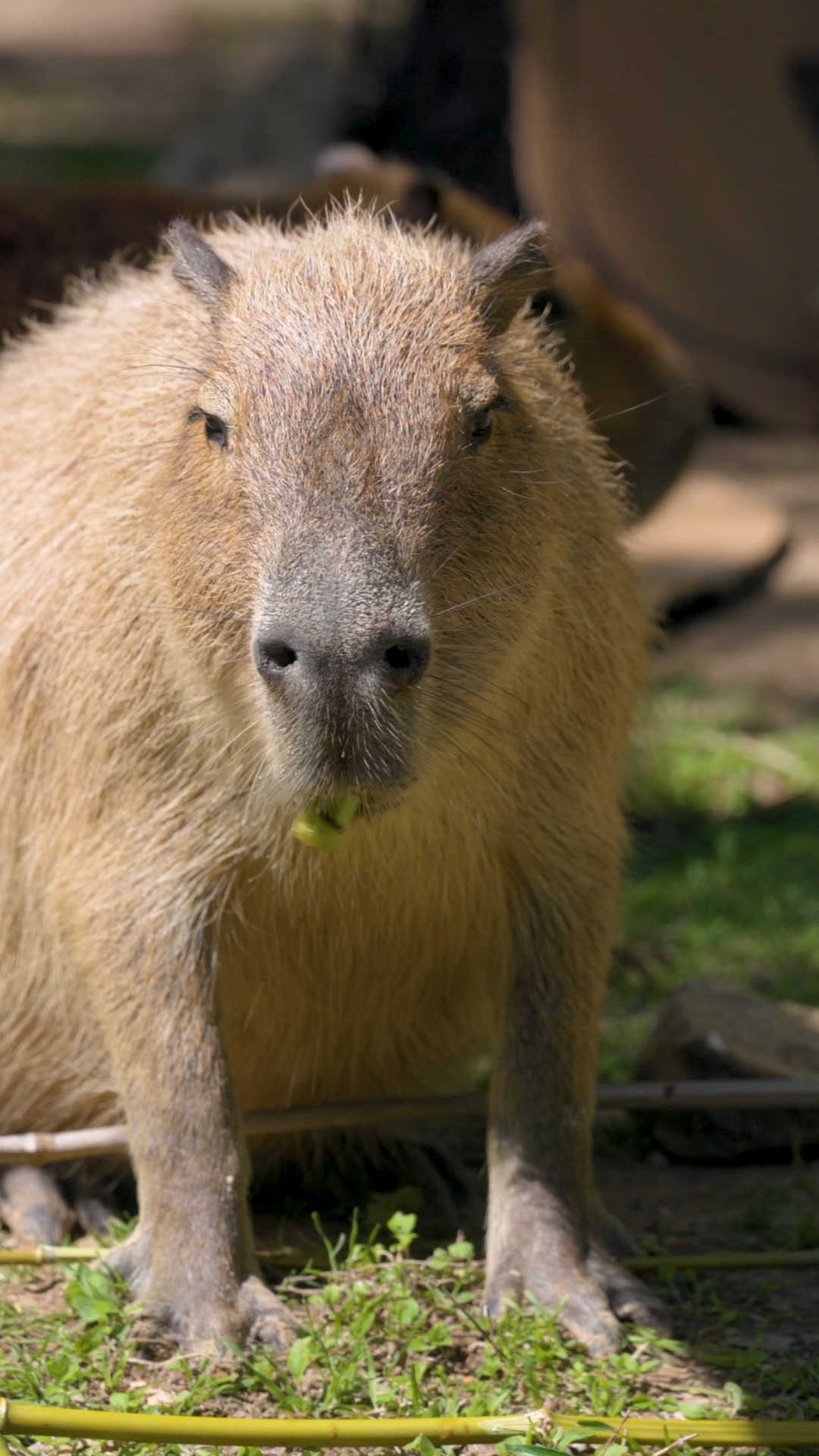- Explore the phenomenal creatures inspired by The Princess Bride’s ROUSes and their real-world counterparts.
- Discuss the convergence of pop culture and wildlife science, highlighting the impacts on wildlife awareness and appreciation.
- Provide insights into the role of orchestral concerts, like those by the Dallas Symphony Orchestra, in enriching cultural and scientific understanding.
- Examine real-life large rodent species, their habitats, and conservation efforts pertinent to their survival.
- Address the significance of wildlife management and conservation in sustaining biodiversity and ecological balance.
Exploring Fantasy-Inspired Fauna
In The Princess Bride, a whimsical yet formidable creature called the ROUS, or "Rodents of Unusual Size," captures the imagination of audiences worldwide. While these fantastical beings are fictitious, they draw parallels to actual large rodents that thrive in various global habitats. Our world hosts a range of sizable rodents that possess their own fascinating biological traits and ecological roles, often overshadowed by their fictional counterparts.
The enchantment surrounding such creatures extends beyond cinema, illuminating real-world parallels. It’s an opportunity to delve into the narrative creativity that shapes our understanding of wildlife, bridging the gap between fantasy and the astonishing realities of nature. Through exploring these connections, we foster a deeper appreciation for the unique creatures that inhabit our planet. This interplay challenges misconceptions, inviting curiosity and a broader perspective on animal ecology.
Pop Culture Meets Wildlife Science
Pop culture, with its vast reach and influence, plays a pivotal role in shaping public perception and interest in wildlife. The Princess Bride delights audiences through its narrative and imaginative creatures. But it also presents a chance to redirect attention to genuine scientific endeavors in zoology and conservation.
Such depictions can inspire curiosity about neglected areas of natural history and the often underappreciated existence of creatures like capybaras or beavers, which are the real-world counterparts of fictional ROUSes. These animals, significant in their ecosystems, need recognition beyond fabricated narratives. Through popular media, audiences become more receptive to discussions on wildlife conservation subjects, paving the path for greater awareness and advocacy.
Cultural Enrichment through Symphony
Orchestral performances bring classics like The Princess Bride to life, offering an avenue to explore the intersection of storytelling and soundscapes. When the Dallas Symphony Orchestra hosts events featuring popular films, it doesn’t just offer entertainment. It provides a rich, multi-sensory experience that enhances cultural appreciation. These events invite audiences into an immersive world, fostering a greater understanding across disciplines, from art and culture to science and nature.
Orchestras amplify the impact of cinema through music, presenting a seamless blend of the auditory and visual. Such concerts educate, inspire, and spread appreciation for both the arts and scientific themes within popular narratives. This synergy presents wildlife and environmental concerns in an engaging format, greatly enhancing their reach amongst diverse audiences.
Real-Life Large Rodents
In examining the concept of rodents of unusual size, we turn to their real-world counterparts. Rodents like the capybara, beaver, and nutria present fascinating studies. Capybaras, native to South America, are recognized as the world’s largest rodents. Their semi-aquatic nature and social behavior immerse them deeply into their ecosystems. These creatures fulfill crucial ecological functions, such as habitat formation and water quality improvement, yet face challenges due to habitat destruction and hunting.
Beavers are another example, renowned for their extraordinary ability to modify ecosystems through dam construction. Their engineering creates habitats beneficial to many other species, enhancing biodiversity. However, conflicts arise when their environment-altering activities clash with human interests.
These real animals, much like their fictional ROUS counterparts, demand attention and consideration. By understanding their ecological significance and the threats they face, we can better advocate for effective conservation strategies.
Wildlife Conservation and Management
Wildlife conservation is crucial for maintaining biodiversity and ecological health. It involves the preservation of species and their habitats through scientific research and public engagement. Real-life large rodents play substantial roles in maintaining the structure and function of their ecosystems, making them critical subjects of conservation efforts.
Conservation objectives can differ across species and regions, yet the overarching goal remains the same: to sustain a harmonious existence between humans and wildlife. Conservation efforts face numerous challenges, from habitat loss and climate change to illegal wildlife trade and human-wildlife conflict. Addressing these requires innovative approaches, including habitat restoration, legal protections, and community-based conservation strategies.
Successful conservation hinges on collaboration amongst governmental bodies, NGOs, scientists, and local communities. Education and awareness remain vital components, encouraging public participation in conservation activities and fostering a sense of stewardship for natural resources.
In reflecting on the fanciful notion of ROUSes, young generations are inspired to learn more about real creatures and the need to conserve their habitats. Through the mixture of storytelling, science, and shared cultural experiences like those provided by symphony reaches far beyond tradition. These engagements are powerful tools for shaping a better world informed by knowledge and appreciation of our environment’s intricate tapestry.
*****
Source Description
Turns out ROUSes DO exist! 😉
Whether you believe in rodents of unusual size or not, there’s no denying the magic of The Princess Bride. Experience it like never before as the Dallas Symphony Orchestra brings this classic to life in concert, April 25–27. It’ll be inconceivably good!

